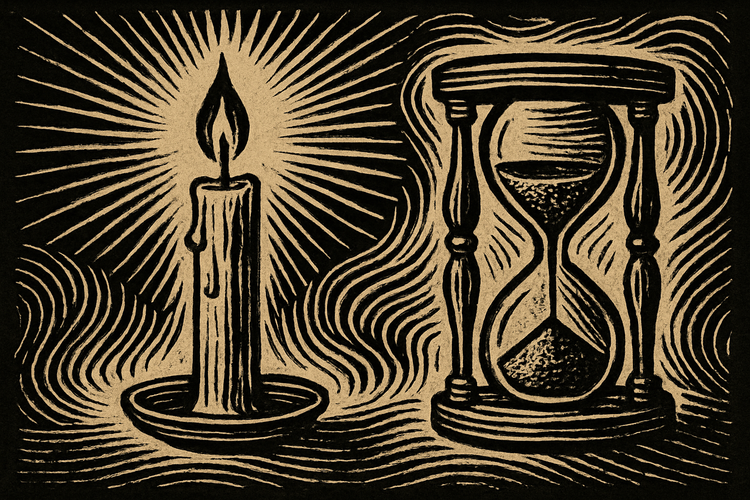The Good Place S4E7 "Help Is Other People"

Spoiler Warning: This reflection contains full spoilers for The Good Place, including retrospective insights and thematic allusions. It assumes familiarity with the entire series and is written from the perspective of a rewatch.
The Last Day of the Experiment
On the final day of the neighborhood experiment, everything comes to a head. Eleanor and her team have pulled every lever they can, but the results refuse to match the script. Where the original core four once grew closer under pressure, the new four splinter apart. The episode lays bare the limits of control: no matter how carefully the conditions are designed, true moral growth can’t be forced. It has to be chosen.
Fracture Instead of Bonding
The climax of the experiment reveals how differently this group responds compared to Eleanor, Chidi, Tahani, and Jason in the reboots. When the original four were tested, shared struggle became the spark that pulled them together, each person’s weakness balanced by another’s strength. But here, the same pressure produces the opposite result. Simone grows suspicious, Brent remains stubbornly self-absorbed, John clings to defensiveness, and Chidi—stripped of his memories—cannot anchor them. Instead of discovering solidarity, they splinter. The contrast shows that growth isn’t a mechanical outcome of circumstances; it depends on how people choose to meet the moment.
Scrambling for Control
As the cracks widen, Eleanor, Tahani, and Jason flail for ways to hold the experiment together—but they aren’t alone in their panic. Michael and Janet, usually steady, are just as frantic. They conjure a new sinkhole, try to spin setbacks into teachable moments, and chase after every glimmer of a breakthrough. What emerges isn’t a picture of wise architects calmly guiding events, but a team improvising on the edge of collapse. Their final gamble—telling Brent and Chidi they are in the Bad Place—is less a strategy than a bluff born of desperation. The scramble itself reveals the truth: you can’t force a moral transformation, no matter how elaborate the design.
A Mirror to the Reboots
What makes the unraveling so striking is how directly it echoes, and subverts, the earlier reboots. Back then, Eleanor, Chidi, Tahani, and Jason were thrown into impossible situations again and again, and somehow those pressures drew them closer, turning enemies into allies and strangers into friends. This time, with a new group under nearly identical conditions, the opposite unfolds. Instead of bonding, they break apart. The experiment proves less a formula for moral improvement than a mirror—reflecting how fragile the process really is. Growth can happen, but only when people choose to lean toward one another rather than away.
The Limits of Control
By the end of Help Is Other People, the neighborhood experiment has run its course, not with triumph but with unraveling. Eleanor, Tahani, Jason, Michael, and Janet tried everything—sinkholes, speeches, even desperate bluffing—but the result was splintering, not solidarity. Set beside the earlier reboots, the contrast makes the lesson plain: growth cannot be engineered. At best, the structures we build create the possibility for change, but the choice to take it rests with the people inside. In this failure, the show sharpens its central truth: becoming better is always possible, but it can never be guaranteed.



Comments ()